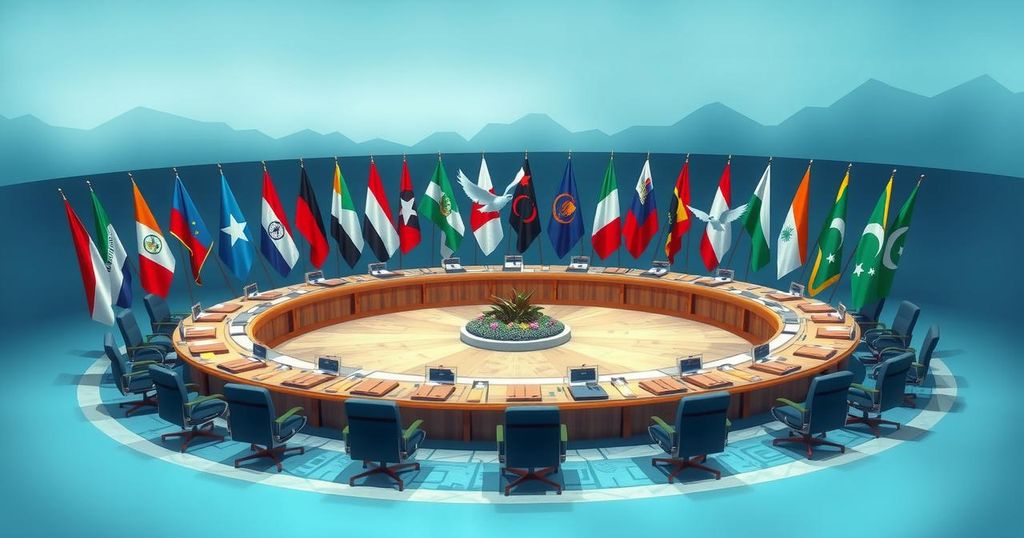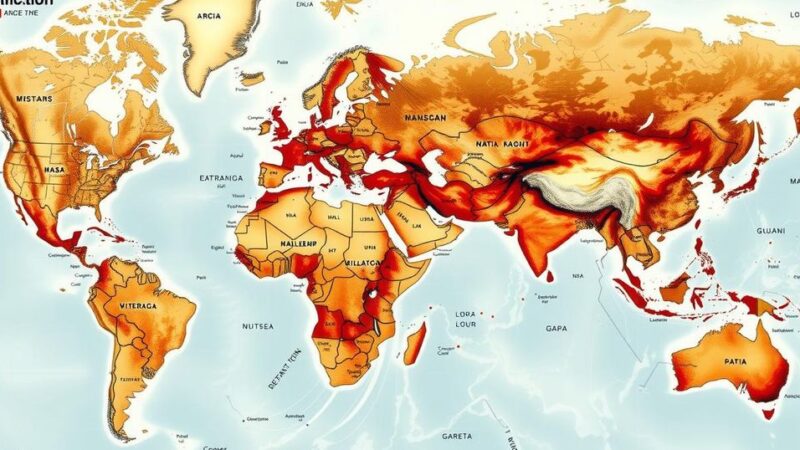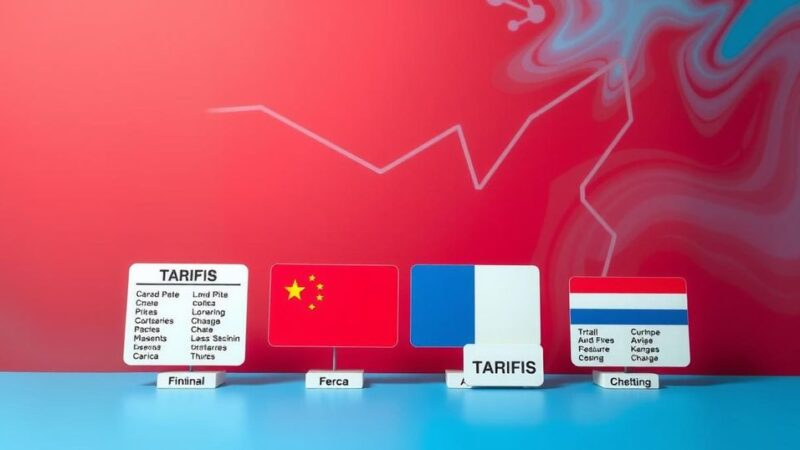Syria has sworn in a new 23-member transitional government, replacing the interim Cabinet formed after Bashar Assad’s ousting. This government, led by a secretary-general rather than a prime minister, aims to restore stability and peace. Key appointments reflect diversity, but there is no representation from the Kurdish-led SDF. The U.S. has issued safety warnings amidst an ongoing crisis.
Syria has inaugurated its new transitional government, nearly four months after the ousting of the Assad family. This 23-member Cabinet, which comprises various religious and ethnic groups, marks the commencement of Syria’s five-year transitional phase and replaces the interim government formed post-Assad’s removal in December. Unlike its predecessors, this government is led by a secretary-general rather than a prime minister, as specified by the temporary constitution recently signed by interim President Ahmad al-Sharaa.
The newly formed Cabinet, announced just prior to Eid al-Fitr, includes both fresh faces and retained ministers for foreign and defense roles. The Interior Minister, Anas Khattab, previously led the intelligence department. Following the government’s formation, President al-Sharaa declared, “The formation of a new government today is a declaration of our joint will to build a new state,” as reported by the Associated Press. Defense Minister Murhaf Abu Qasra emphasized his aim to establish a professional army that serves the populace.
Notably absent from the government are representatives from the US-backed Kurdish-led Syrian Democratic Forces (SDF) and the autonomous administration in northeast Syria. Nonetheless, al-Sharaa and SDF commander Mazloum Abdi recently secured a significant agreement aimed at achieving a nationwide ceasefire while integrating SDF forces into the Syrian military.
Among the appointees, Hind Kabawat, a Christian activist opposing Assad since the conflict’s start in 2011, has been named Minister of Social Affairs and Labour. Raed Saleh of the White Helmets has been appointed Minister for Emergency Disasters, while Mohammed Terko, a Kurdish politician, becomes Minister of Education. Additionally, Mohammed al-Bashir will oversee energy, focusing on reviving Syria’s devastated electricity and oil industries.
The overarching goal of the new government is to conclude the ongoing war and restore peace. Recent violent incidents, predominantly affecting the Alawite minority, have resulted in over 1,000 casualties. With an inclusive leadership that represents various demographics, President al-Sharaa seeks to demonstrate a commitment to political representation, potentially easing economic sanctions imposed on the previous regime. Currently, a staggering 90% of Syrians are estimated to live below the poverty line due to the protracted crisis.
The US State Department has issued a warning regarding increased threats during the Eid al-Fitr celebrations, highlighting the possibility of attacks targeting American citizens, embassies, and international organizations within Damascus. Potential threats may include armed assaults and explosive devices, raising concerns for public safety as the new government steps into its role.
The inauguration of Syria’s new transitional government symbolizes a significant shift following the removal of Bashar Assad. Comprised of a diverse group of ministers, the Cabinet aims to restore stability and peace within the war-torn nation. By pursuing inclusivity and seeking to end the conflict, the government hopes to gain international support and alleviate economic constraints affecting its citizens. However, security threats remain a pressing concern as articulated by the US State Department.
Original Source: indianexpress.com






